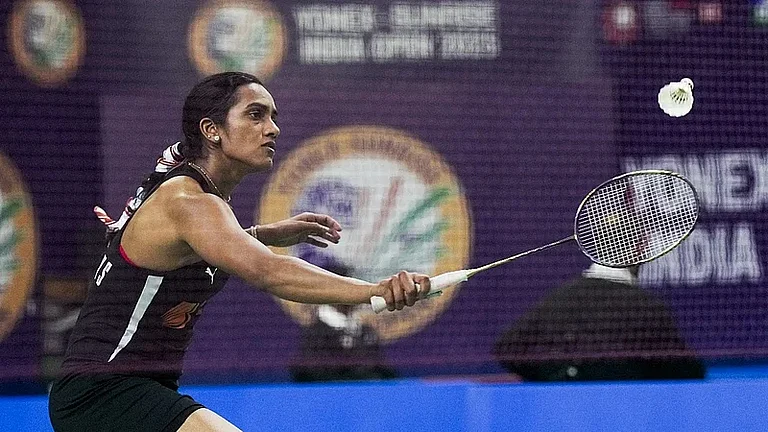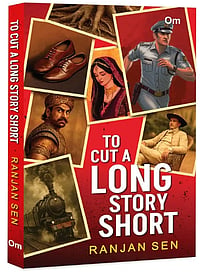The Indian Space Research Organization (ISRO) is extending its patience by another 14 days in its quest to establish communication with Chandrayaan-3's Vikram lander and Pragyan rover. As they continue their attempts to revive these lunar explorers, the clock is ticking until the next lunar sunset, which is scheduled for October 6.
Since their touchdown on the uncharted lunar southern polar region on August 23, after a 40-day interstellar journey, ISRO has been unable to make contact with the Vikram lander and Pragyan rover despite persistent efforts. On September 2, the duo was placed in sleep mode following the successful completion of their initial tasks.
Prior to the communication blackout, the Pragyan rover had ventured more than 100 meters across the lunar surface, confirming the presence of elements such as sulphur, iron, oxygen, and others on the moon. However, hopes of revival have yet to materialize.
ISRO's determination remains unwavering as they persist in their efforts to establish contact with the lander and rover until the next lunar sunset, set for September 30. The agency continues to hold out hope that the sunrise on Shivshakti Point, their current location, may reawaken the equipment. Nonetheless, the timeline for re-establishing contact with the Chandrayaan-3 instruments remains uncertain.
ISRO confirmed, "We will continue to ping it. But as of now, there has been no communication." The slim chances of revival were always anticipated due to the harsh lunar conditions during the extended lunar night. Nilesh M Desai, Director of the Space Applications Centre (SAC), had previously explained that the signal was expected to come automatically as the solar-powered lander and rover recharged following the lunar surface's September 22 sunrise. However, no signals have been received thus far, as reported by India Today.
In the event that the electronics manage to endure the cold temperatures, there remains a 50-50 chance of revival. Should this occur, the lander and rover will resume their scientific experiments on the moon's surface, extending the mission's scientific objectives.


























